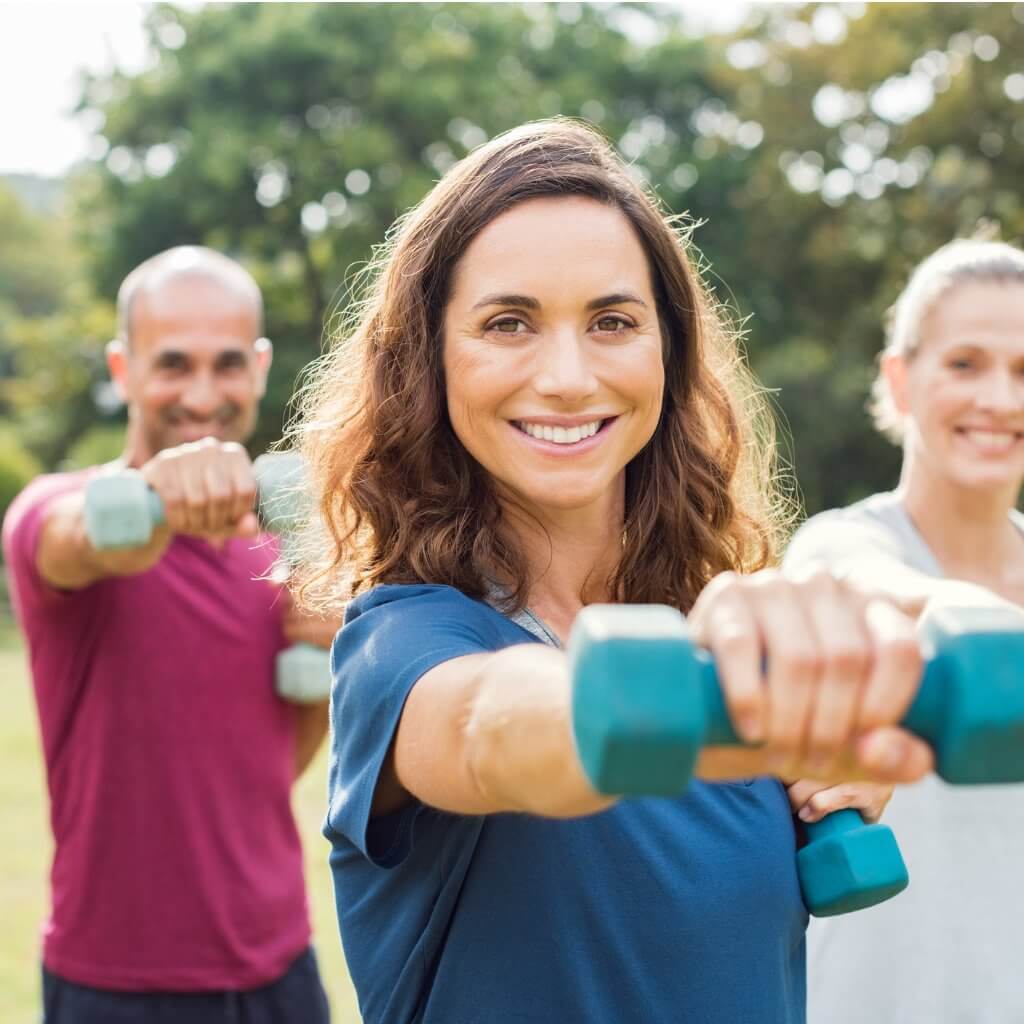The 8 main myths about fitness revealed!

Spa fantasies can be an invaluable snapshot of a sports trainer's entertainment, but they can also generate a reliable increase in discontent when practitioners routinely engage in frivolous or frivolous conventions based on a legendary conference. Many spa legends come and go, but some seem to have deep roots. Particularly through the reliable development of coaches and the wellness sector, we will ideally bring these absurd fantasies to bed.
1: Muscle measure more than fat
It is almost exaggerated to recommend that one thing say more than another. A pound of fat equals one pound of muscle. How on earth can fat measure more than muscle, or vice versa, without providing a distinctive pattern? Muscle tissue is denser than adipose tissue and this is where the imagination shines. Five kilos of fat is bigger than five pounds of muscle, but they still measure the equivalent. A person who measures 10 stones and whose muscle / fat ratio is 15% seems less than a person of similar weight but whose muscle / fat ratio is 30%.
2: When you stop exercising muscle turns to fat
Muscle and adipose tissue are two distinct parts. You increase or lose muscle and fat while you eat and exercise.
3: High repetitions and low weight for conditioning
Women are exceptionally worried about the proliferation of bulky muscles. This is why many gyms employ female athletes who maintain a strategic distance to perform weight training, opt for cardio or use a modest amount of repetitive weight. "practice". his muscles.
Low weight with more repetitions leads to poor results because the muscle tissue is not overloaded. Muscle and fat cells increase or decrease. To "tone" the muscles, the muscle tissue must be pressurized enough for the hypertrophy to occur. The level at which one wants to build one's muscle cells and break down one's fat cells determines one's preparation schedule, convention, and diet.
4: The more you sweat, the harder you work
Have you ever wondered why some people sweat profusely and some do not, even if they train with comparable strength? Sweating is provided by and the number of variables and conditions. Well-being, age, weight, sexual orientation, hereditary characteristics, and health status affect our sweating. But if you imagine that the human body has between 2 and 4 million bodies of perspiration, you will understand better why some people sweat more than others. Most of the time, the mechanics perspire more, even if a person sweats profusely, that does not mean that it is prepared with much force.
5: Cardio training is the best method to burn body fat
Initially, cardio preparation should be characterized accordingly. If you are doing 50 to 60 minutes of cardiovascular preparation with the Cross-Mentor, run, bike, etc. at a similar moderate pace, it's not a successful convention to eat fat, whether or not you consume 600 calories. This type of preparation does not stimulate the astonishing fat-producing hormones, such as developmental hormone and testosterone, and can degrade muscle tissue, leading to a fall in metabolic rate. Although it is unlikely that proper cardiovascular training will be performed reliably, the body will adjust in time to do so, which will result in less stress for the body.
Effective weight training and cardio-acting preparation are better strategies for preparing muscle fat versus fat.
6: Eat before bed will lead to greater fat storage
If you eat late at night, it will not affect your fat intake unless you have taken an excessive amount of calories that day. The amount of calories you consume each day is getting bigger and lighter than eating at the end of the night.
7: Crunches and sit-ups will help you gain a six-pack
A well-characterized six-pack is the after-the-fact effect of counting calories and practicing to reduce the muscle / fat ratio so that muscle power is undeniable. In a normal diet, no amount of crunch is feasible. Your abdominal muscles are always behind the muscle-fat ratio.
8: Stretching prior to exercise reduce your risk of injury
There is no conclusive evidence that extending the previous activity reduces the risk of injury. Expanding the previous quality preparation can weaken the muscle and reduce the lift. It is not recommended that stretching is not important, but it is recommended to do it near the end of an exercise to improve mobility in the muscle tissue.
Legends of well-being tragically dig the distance. Although there is no chance that sufficient progress will be made in training centers and fitness centers, fewer people will be able to make ineffective preparation conventions and quickly grasp the implications of preparation.